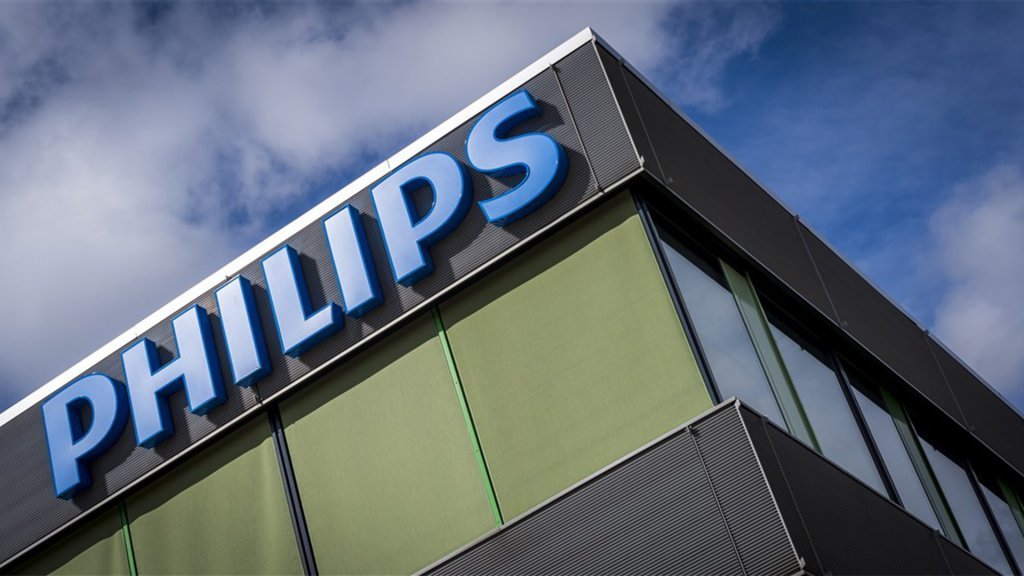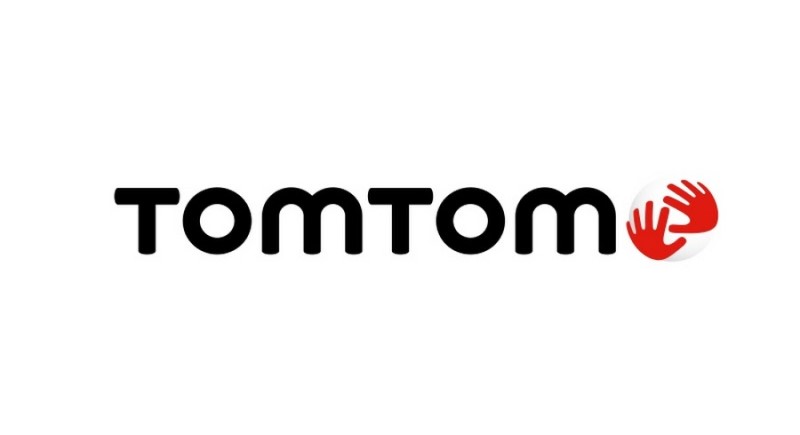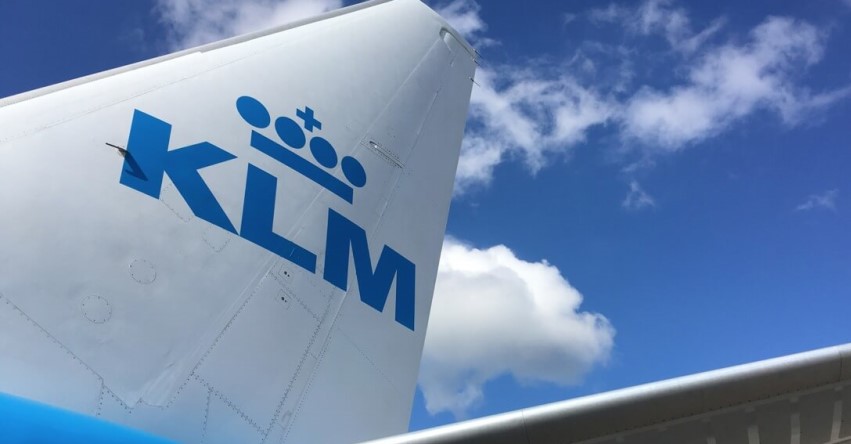The problems with sleep apnea devices from Philips are less dangerous for users than the Dutch healthcare technology company previously thought. The company states this is based on early research results into the devices. However, the recall continues unabated.
The problems were caused by the sound-insulating foam in the devices. That could crumble, but also release chemical substances. Because Philips did not know how harmful those chemicals were, the company assumed that they were carcinogenic. But after extensive testing in the lab, the release of chemicals turned out to be much less than feared, according to the company itself.
In addition, the tested machines also turned out to be within the safety standards in terms of the emission of substances. This means that the risk of cancer and other diseases as a result of the use of the sleep apnea machines is “very small”, according to Philips, which was based on a worst-case scenario.
Philips also took into account the crumbling of the insulation foam. However, that hardly seems to happen now. When the foam is affected, it turns into a kind of gel-like mass. The possibility of small particles entering the lungs of users has also become less likely.
For the test results, Philips relies heavily on North American devices. Devices with degraded foam were also found in that region, while Europe and Japan were not. It is possible that cleaning with ozone, which Philips has never recommended and for which the US regulator even warned the FDA, played a role. Devices that users said had not been cleaned with ozone were 0.5 percent affected. When users said they cleaned the devices with ozone, that skyrocketed to 7 percent.
By providing the update, Philips complies with FDA requirements. But in its own words, the company also wants to give users some clarity. “Right now we say to patients, ‘Consult with your doctor whether you should continue to use the device’. This information can help with that.”



